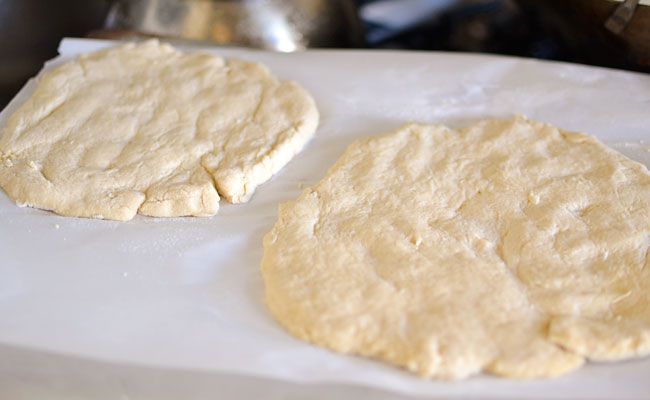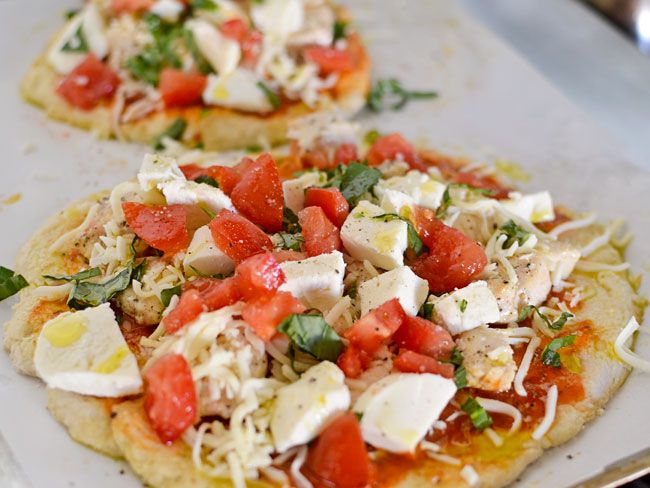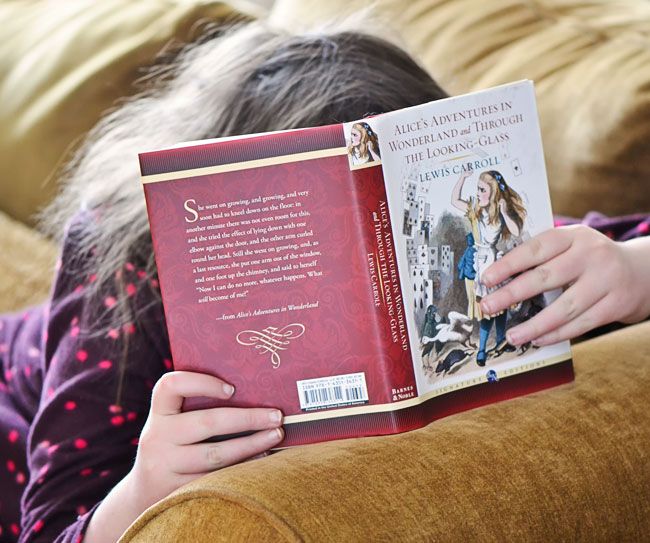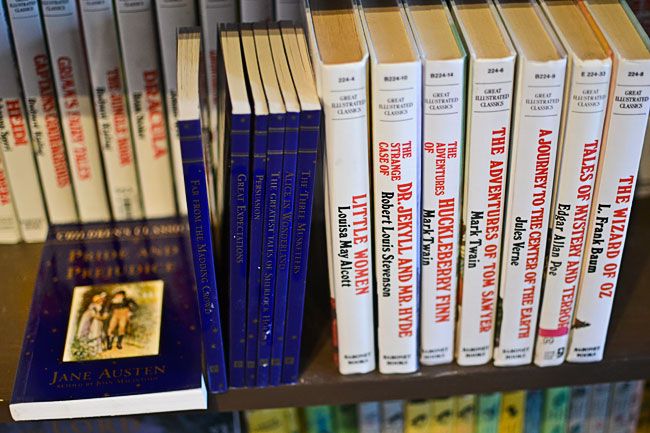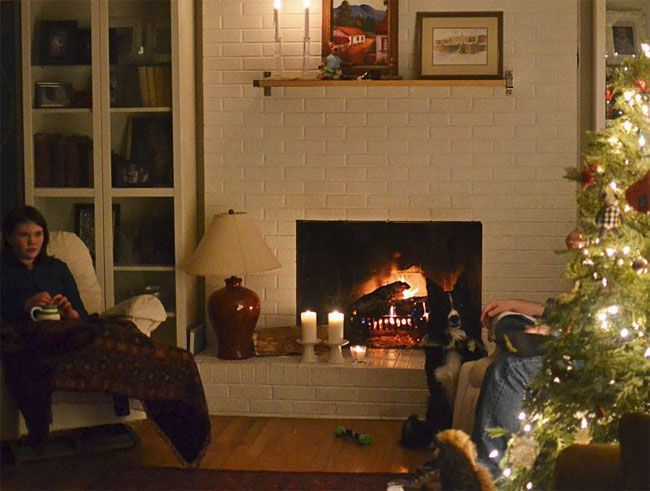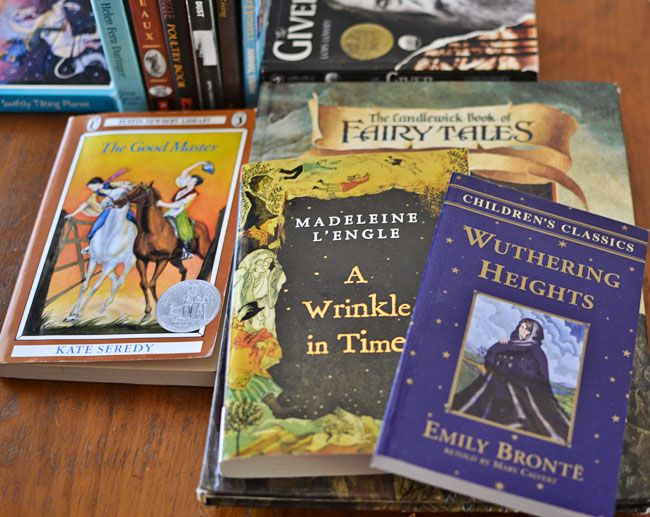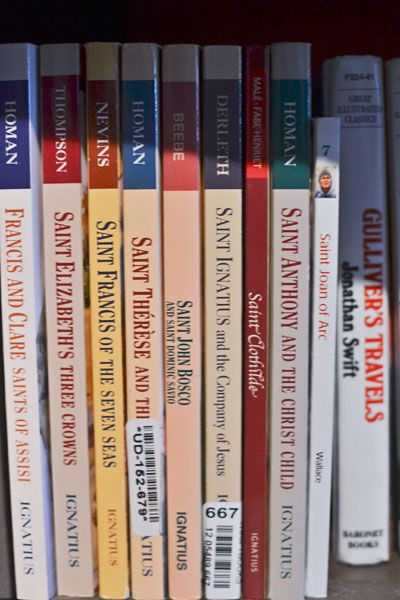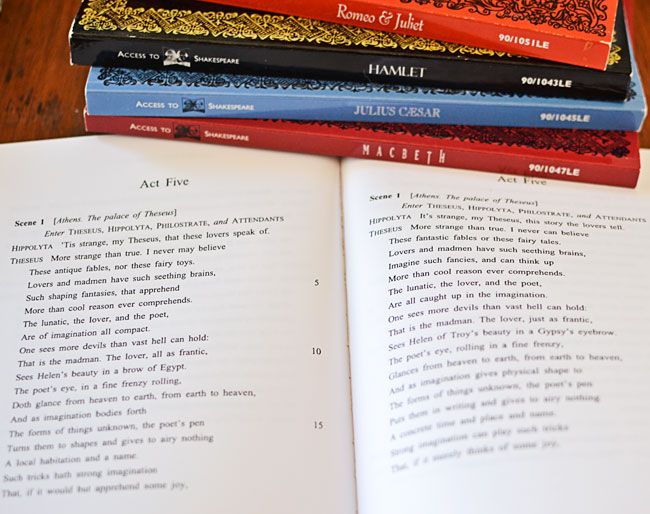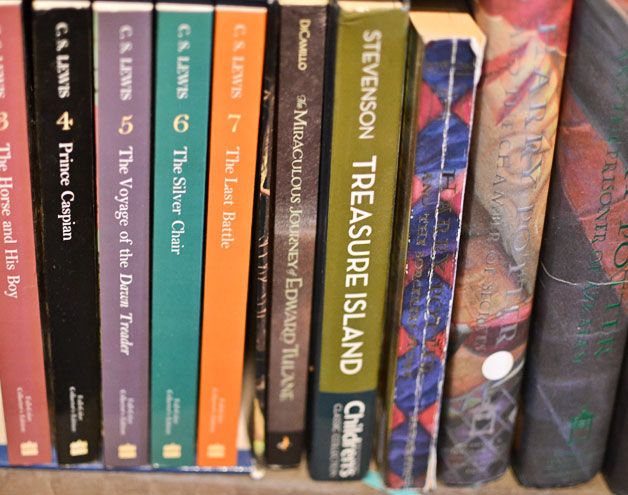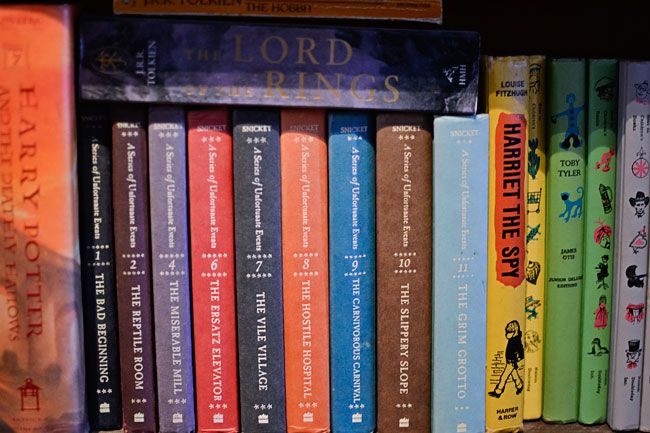 |
| Homemade gluten free pizza that we like as much as wheat-crust. |
Back when we could eat wheat, I loved to make no-knead bread. I followed Jeff Hertzberg and Zoë François' artisan bread in five minutes a day method. I was so happy to see that they have a gluten free book out. I bought the book, and I've been baking with their basic flour mix. Baguettes are still disappointing, but I think the errors are mine and I'll keep trying. In the meantime, I had some dough left in the fridge. This morning I tried it out as pizza crust.
There is a pizza recipe in the book that uses some added ingredients, but I was amazed how great a crust the regular bread recipe made. I was hoping that the fact this dough sits in the fridge for several days would help with the grittiness of undissolved rice flour. And that the crust would have the character and almost sourdough taste of slow-rising artisan bread. Both turned out to be true, to my delight.
Pull off peach-sized pieces from the dough container, and pat them into rough crust shapes. Extra rice flour and parchment on the board helped to handle the sticky dough. I let them rise on the parchment on the sheet pan for an hour.
My family likes pretty straight-ahead pizza. I'm the only one who will go for white pizzas or salad greens on top or even mushrooms and peppers. So I put a thin layer of tomato sauce (Trader Joe's marinara) on the dough and topped it with almost fully cooked cubes of chicken breast, grated and fresh mozzarella, chopped tomatoes*, and fresh basil. I brushed the edges of the crust with olive oil, and drizzled more oil over the toppings. The baking stone had been heating in a 500 degree oven for 45 minutes. I slid the pizzas on their parchment, directly onto the super-hot stone. They baked at 500 for about 12 minutes.
It was by far the best gluten free pizza we've had. No grittiness at all. The hot oven blistered and crisped the dough, and left the inside chewy like our favorite gluten crusts. I had been missing that chewy, artisan bread texture in our gluten free baking. There was no off taste, just the familiar, aged yeast flavor of really good bread.
More fresh basil on top after it came out of the oven. This was such an encouraging morning, after some baking failures. I spent so many years learning how to bake, even pastry school in France, only to start all over getting used to "flours" that behave nothing like wheat flour. I feel like I've knocked down one more obstacle in helping R appreciate the advantages of eating gluten free, without feeling deprived or wishing she weren't celiac. I'm going back to tackle baguettes and boules again. I can't recommend this book highly enough, if you can't have gluten and miss really good bread.
*The dreaded winter tomatoes. I started buying them this year because R loves them on her chopped salads, and anything that helps her eat more vegetables is fine with me.


